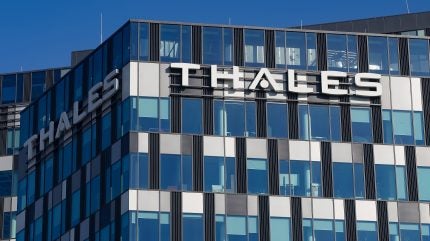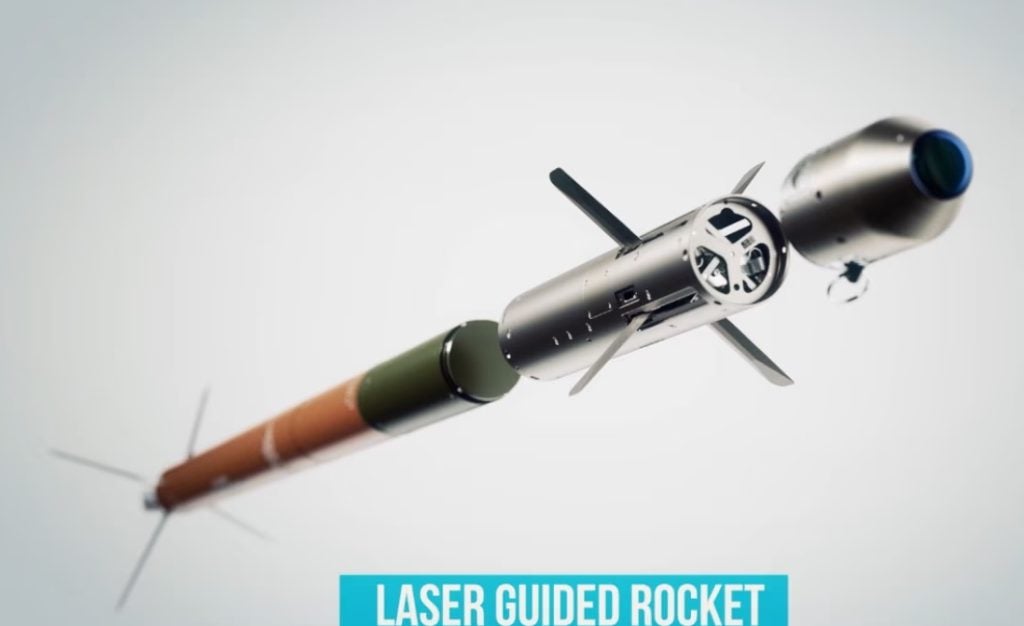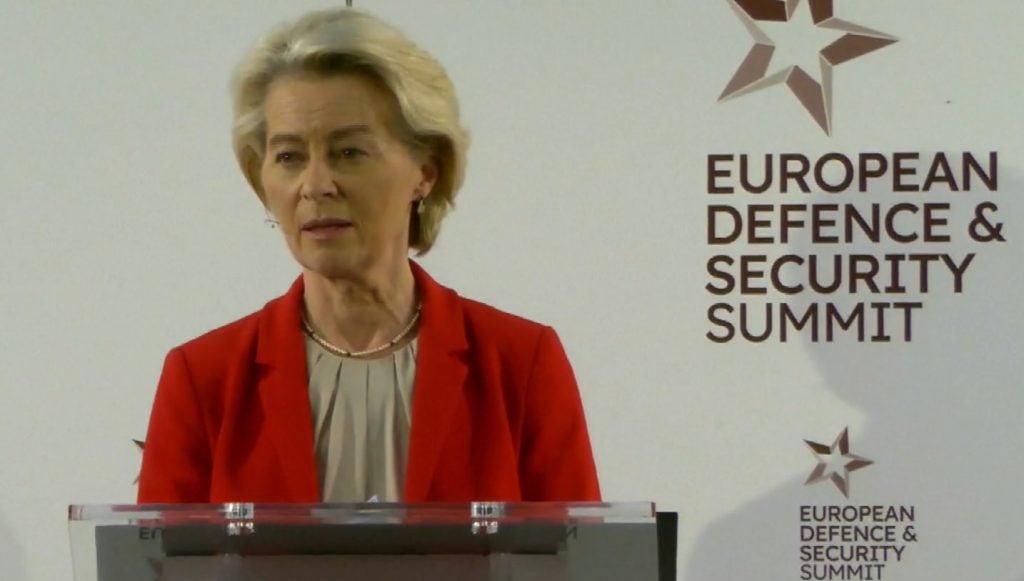
Thales has opened a new assembly line to accommodate a five-fold increase in the production of 70mm laser-guided rockets at its Herstal site in Belgium, as part of a wider €20m ($21.4m) investment plan that is supported by the European Union’s Act in Support of Ammunition Production (ASAP) effort.
The inauguration of Thales Belgium’s new 70mm rocket production line comes months after the Belgian Minister of Defence Ludivine Dedonder signed a letter of intent expressing support for an increase of Thales’s ordnance production activities.
According to a 1 July release from Thales, the higher production rates will “make it possible to respond faster to the ammunition requirements of the armed forces”, with the Nato-standard 70mm rocket currently being used in Ukraine.

As the only manufacturer of the 70mm rocket in Europe, Thales Belgium hired additional staff and restructured elements of its supply chain in order to increase production capacity from 1,000 units to 5,000 by 2025.
“The expansion of the 70mm rocket production line responds to rapidly growing international demand, as well as to the needs of defence [requirements], due to a worrying global security situation,” stated Dedonder.
Thales is not the only European defence company to increase ammunition production in 2024, with MBDA announcing in March that it was to ramp up manufacture of its Enforcer missile as part of the ASAP programme.
Europe seeks to scale defence industry production
In light of the type of ammunition expenditure seen in the ongoing Ukraine-Russia war, it has become clear that European militaries are ill-equipped to conduct such operations, not least of which is the lack of ammunition stockpiles.
In March, the European Commission allocated €500m under ASAP to support the continent’s defence industry to increase ammunition production, with target of two million artillery shells per year by the end of 2025. Combined with additional programmes, this amounts to a total of €2bn in funding for military munitions.
Determining how the funding should be structured, the EC stated that ASAP projects covered five areas: explosives, powder, shells, missiles, and testing and reconditioning certification. According to the EC, European annual production capacity for 155mm shells reached one million per year in January 2024.
In December 2023 EC President Ursula von der Leyen boasted that European countries has provided nearly 500,000 rounds of artillery ammunition to Ukraine since 2022, but this was less than 50% of the one million 155mm artillery shells pledged to be delivered to Ukraine by March 2024.

The expenditure of ammunition during high intensity conflict, a geopolitical state that many in the West had, incorrectly, thought had been consigned to the history books, is driving the need for countries to rearm and bolster stockpiles.
According to GlobalData analysis in its “Thematic Intelligence: Scaling Rearmament (2024)” report, Russia is, at the peak of offensive operations, can be expected to fire between 40,000-60,000 munitions per day across the frontlines in Ukraine.
From being an afterthought, defence industrial capacity and ammunition replenishment has become the defining factor of contemporary operations, a state of play in which Europe is still playing catch up.




